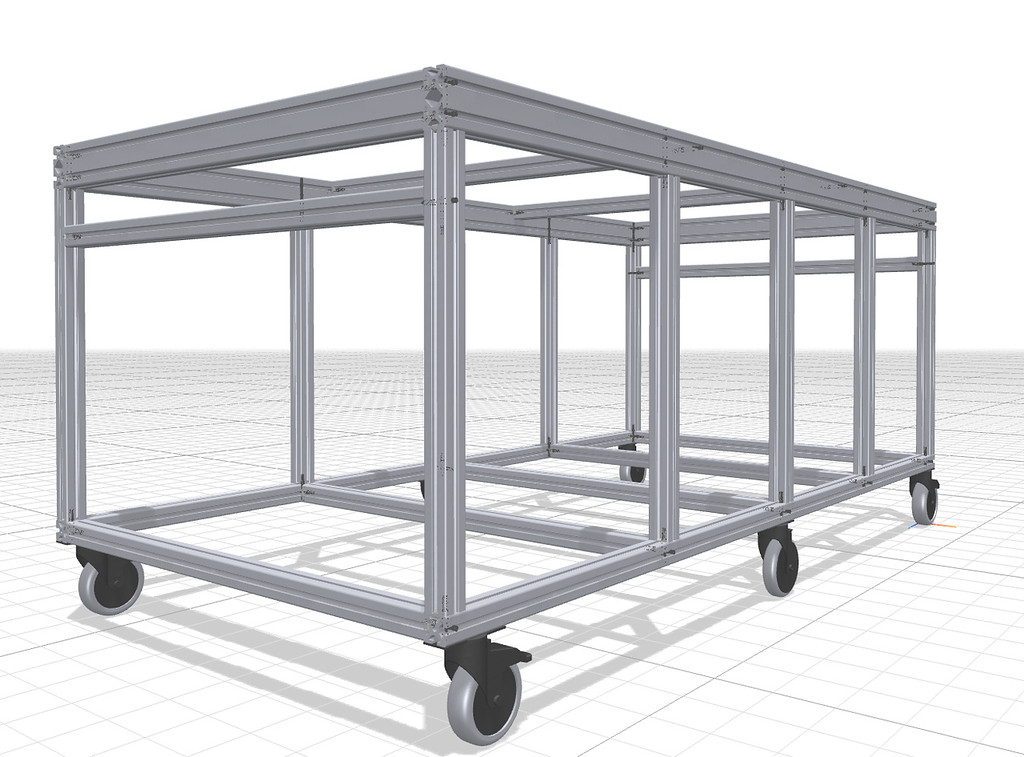firstly, the mft top. as you know, it is a piece of (generally) MDF with precision holes in. you place in these holes dogs of which there are many available, some competing with each other and some that claim to be unique.
www.benchdogs.co.uk seem a good company, I have just got their rail square and so have spent a couple of weeks researching the different options.
so you have the top and some dogs, this will allow you to cut boards square, and to 45 degrees. You can find other systems that will achieve the same, or improve the action- eg clips to hold the rail.
explains it well- I was confused and asked Peter a couple of questions so this may have inspired the video.
from benchdogs you can buy a fence system. I plan to do this but am hoping there will be another Black Friday sale! This adds the advantage that you can get repeatable cuts (you need a couple of extra dogs for this too).
Secondly, the MFT is a prepackage kit designed by festool. It has been around years but the aftermarket parts such as the fence above are relatively recent to the market. The MFT folds down, it does a few more things than the top and parts alone- such as different angled cuts and you have some clamping possibilities. You would need to price this up and see whether you would need those functions. The price rules it out for me because it only gets occasional use but I can't write it off as a business expense.
The MFT excels at cutting sheet goods accurately and squarely. The top alone, supported on saw horses or even on beaters on the ground can be made equally as suitable. It can be used for other things such as solid timber and it does well when cutting it. it would not be suitable for hand planing, it is just not designed for that.
You could also use it for clamping and assembly work. I have used my top a fair bit for sanding on because I can take everything outside and work in the sun. I have used veritas clamps (wonder pups?) and they work ok. I already had them, I wouldn't necessarily recommend buying them for this application. You could use clamps in the holes whilst glue dries, but you then can't move the piece until it has.
I have found that I can do most processing, assembly and finishing things on the top on saw horses. The few things that I cannot, I find a workaround (generally do them somewhere else). If I was working with sheet goods, I would say that I could go from start to finish on it- cut full sheet down, make components (will be easier and quicker with the fence), sand, cut joints (whether domino, biscuits, pocket screws or butt joints), assemble, finish.












